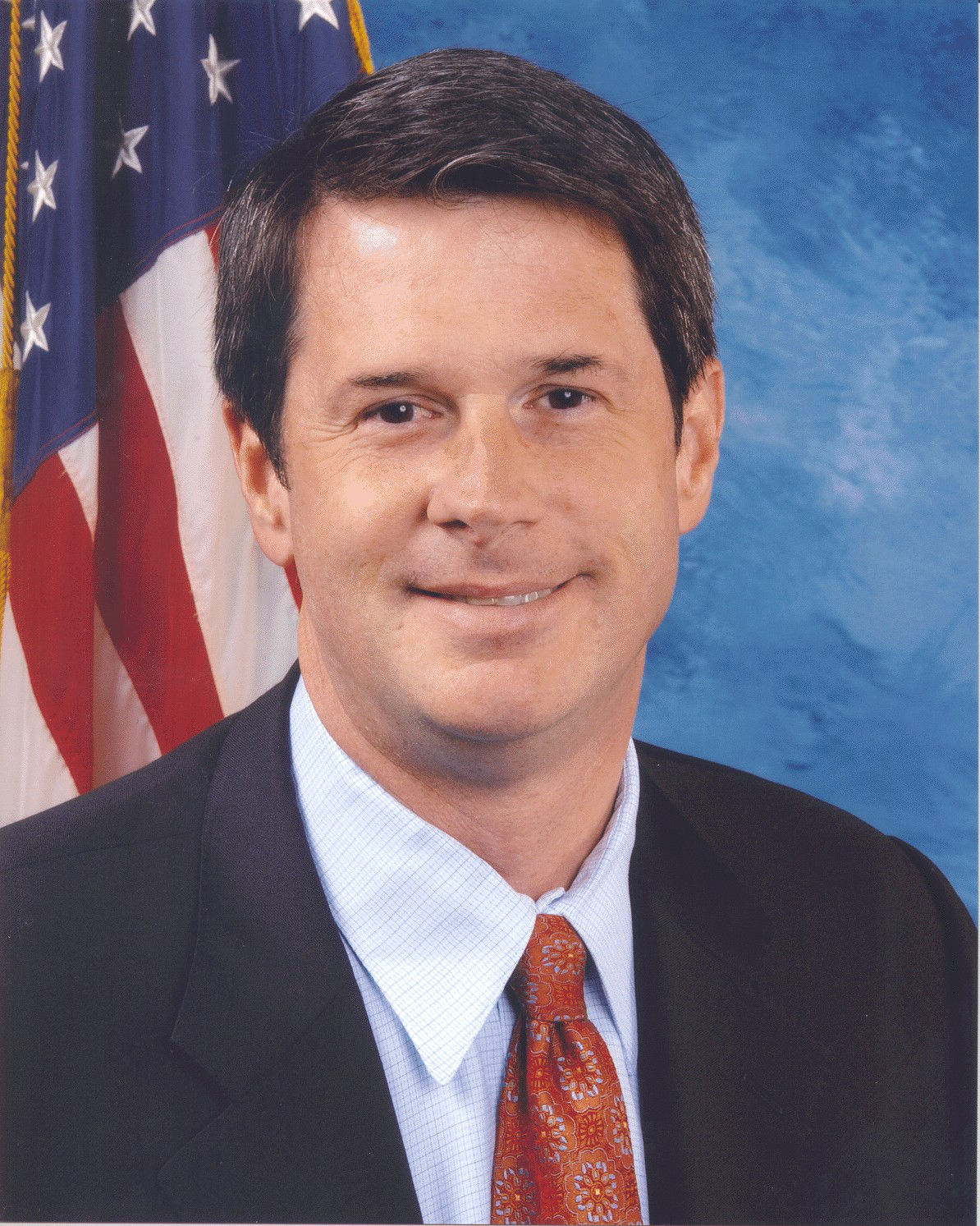
‘Field of Dreams’ inching closer to reality
August 5, 2014Some flood insurance policyholders to receive refunds
August 5, 2014U.S. Sen. David Vitter (R-La.) is among many who want to know if more Americans who are required to purchase flood insurance are actually doing so.
And even after questioning Federal Emergency Mangement Agency Administrator Craig Fugate, he and others are still searching for answers.
According to a 2006 RAND study commissioned by FEMA, only 49 percent of homeowners whose property was located in a Special Flood Hazard Area (SFHA) that were required to have flood insurance as part of Flood Disaster Protection Act of 1973 had actually purchased it. In Louisiana on the other hand, more than 85 percent of homeowners were in compliance with this requirement, according to the study.
“This is a big problem because if they don’t, it could bankrupt our flood insurance program,” Vitter said in a release. “FEMA needs to be more proactive about enforcing this law and getting folks into the program.”
The act required any structure located in an identified Special Flood Hazard Area to purchase flood insurance. It also requires federally regulated lenders to require flood insurance on any loan secured by improved real estate in a FEMA identified SFHA in National Flood Insurance Program participating communities.
In an attempt to up the percentage, one part of the Biggert-Waters Flood Insurance Reform Act passed into law in 2012 increases the penalties from $350 to $2,000 per violation and removes the limit on penalties.
Vitter questioned Fugate at a Banking, Housing and Urban Affairs subcommittee meeting last Wednesday regarding if the stiffer penalties resulted in higher percentages.
“We’ll have to wait and see,” Fugate said. “This will be kicking in as we see policies or mortgages or some kind of transaction that would bring about that you would have to have it. The issue has been, Were people purchasing flood insurance, which is federally backed mortgages, purchasing that as a requirement? And they either have to buy flood insurance or an equivalent in the private sector. But the issue raised was, Was this being enforced from the lender’s perspective to ensure that if they were in that special risk area they were purchasing flood insurance? So as we go through implementing the law and we see those transactions, a lot of this will be done through the mortgage companies that are making these loans, because the penalty is if they are not doing that. That’s where the penalties kick in.”
When Vitter asked Fugate if policyholders versus those required to buy insurance were being tracked by FEMA, Fugate said one of the challenges is tracking how many homes are in the special risk area and determining how many of those have federally backed mortgages.
“So we could look at how many [policies] are written, how many homes are there and what that delta is, but it wouldn’t tell us what percentage of them have it,” Fugate said. “You could probably look at the area and make some educated guesses depending upon the ages of the homes but it would be something that would have to go back and actually pull that.”
Fugate did not address Vitter’s assertion that FEMA does not have a list of policyholders versus those required to buy insurance, and he did not provide a timeline on the completion of the program.
As a potential way to keep the program financially afloat, Vitter suggested looking at the administrative cost of the program.
“When we talked about flood insurance program being in the red there’s an assumption that we’re basically subsidizing a lot of risk. Well in fact from 1978 to 2013 we took in a lot more dollars in premiums than we paid out in claims. We took in 13 percent more dollars in premiums than we paid out in claims. I know there are other costs like mitigation which is not pure administrative costs and that reduces risk but I think a lot of the problem is the administrative and cost side of the program,” the senator said.








